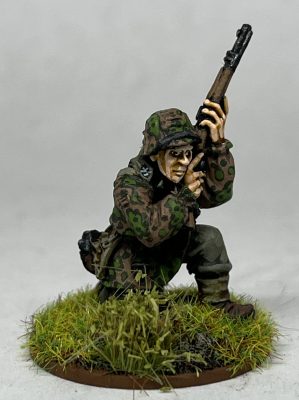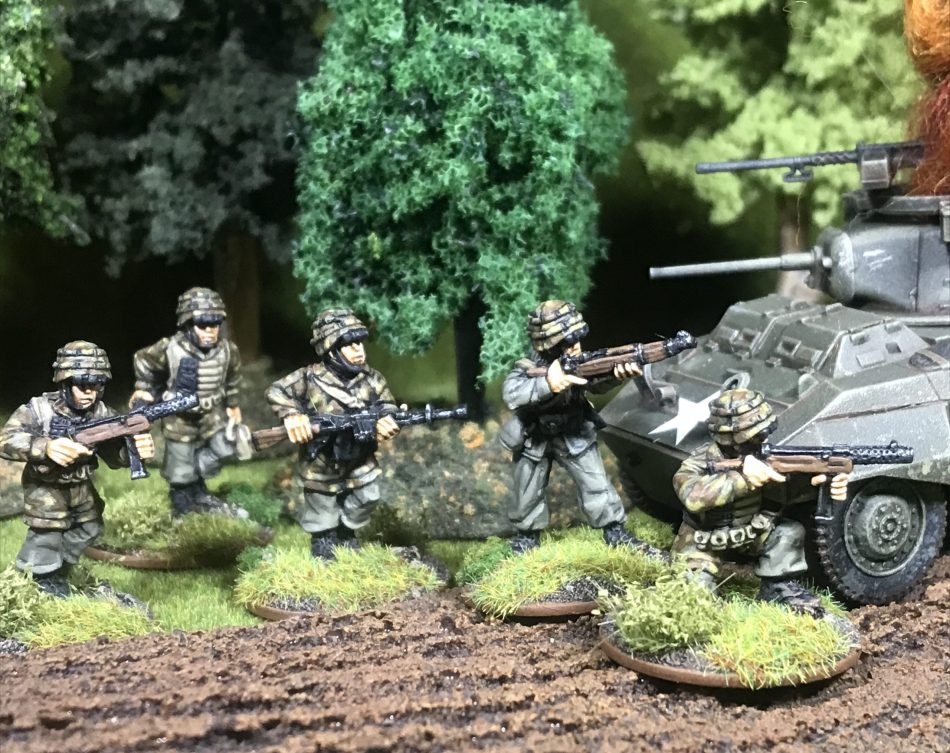Building My First Display Board
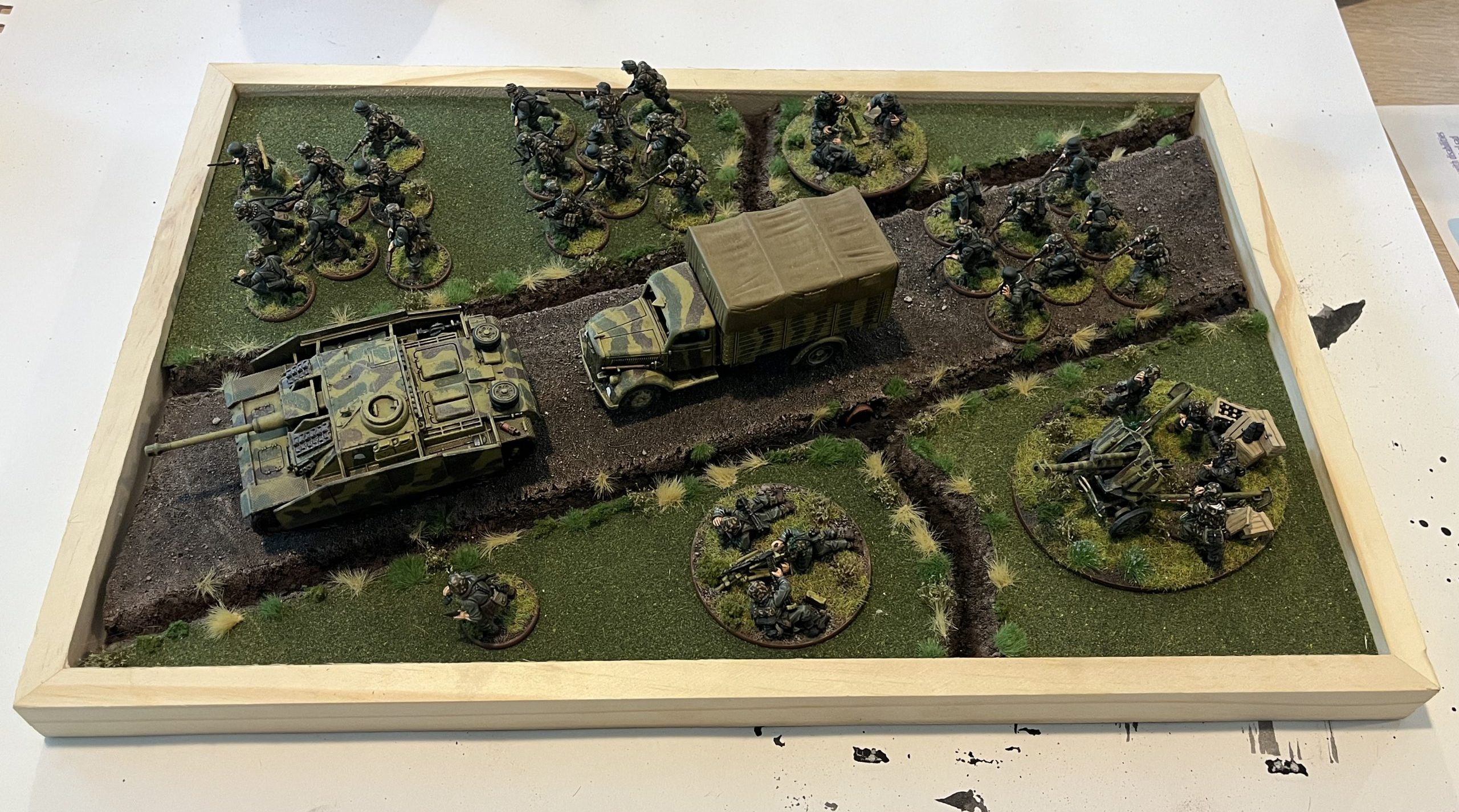
By Kreighton Long
At this past April’s Operation Roundup Tournament I eagerly competed in the Best Painted Force finishing towards the top but not high enough to place. The category that hurt my score the most was my lack of a display board. Historically, I’ve avoided building a display board as I would rather invest the time, energy, and resources into painting miniatures and terrain.
Humbled, I decided that I can’t win unless I play the game and this game requires a display board. Driven by spite I committed myself to investing some of my summer break into building my first display board. As this is my first attempt at a display board the unofficial motto from the start was “good enough”.

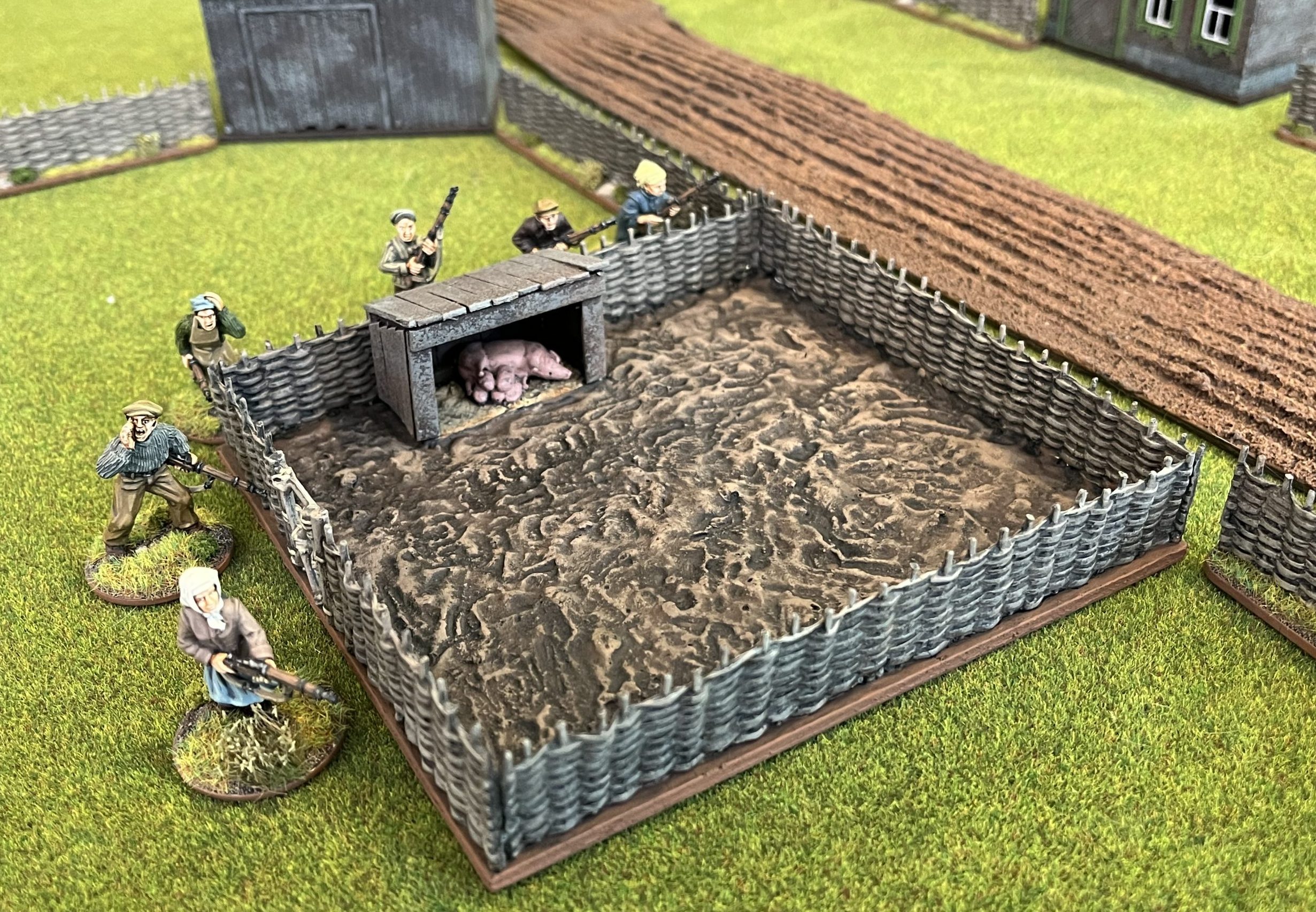


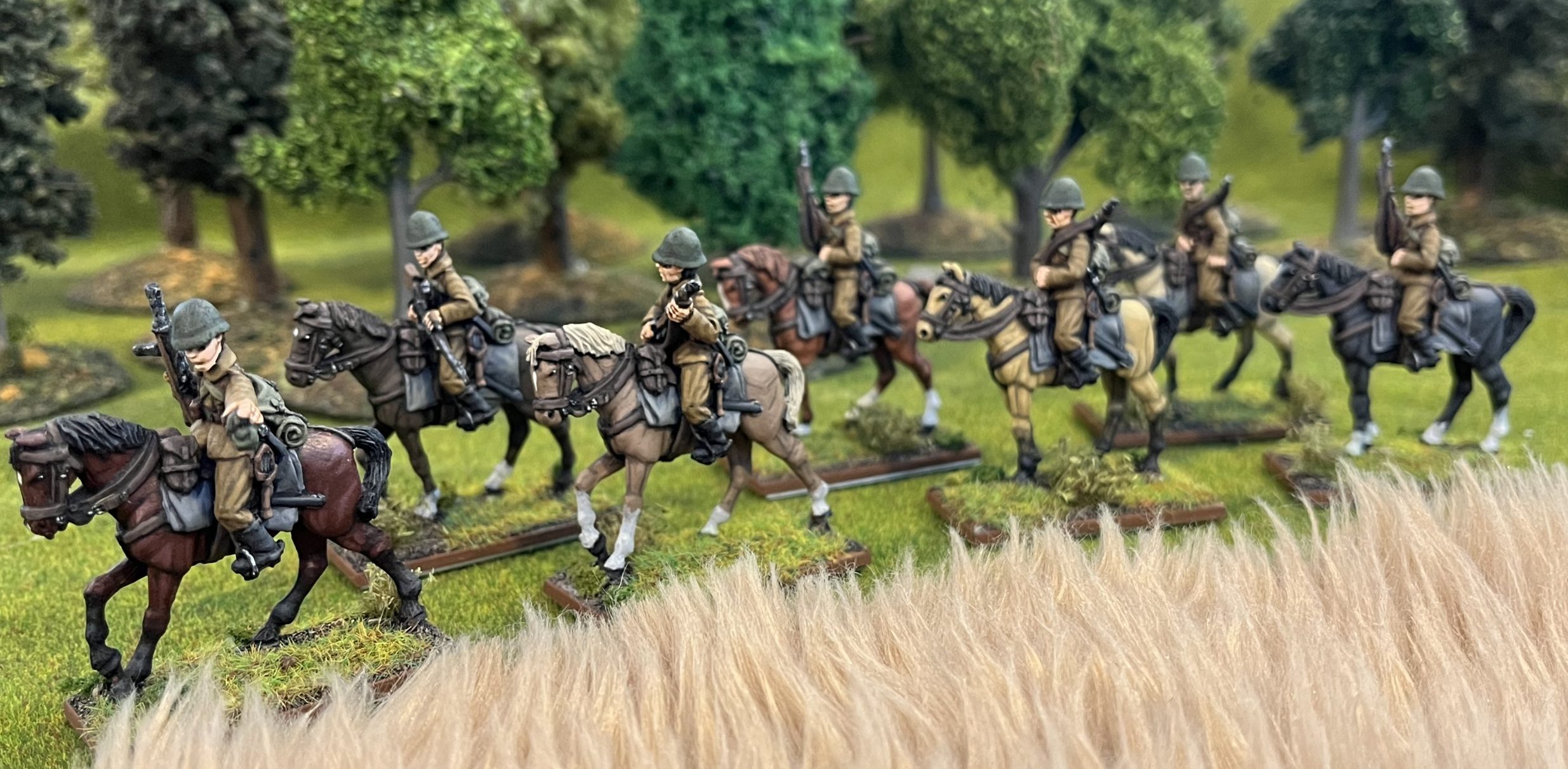

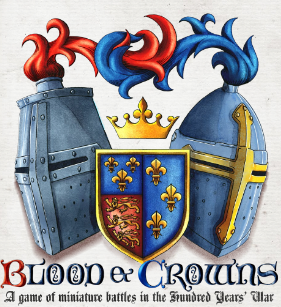 By Mitch Reed
By Mitch Reed